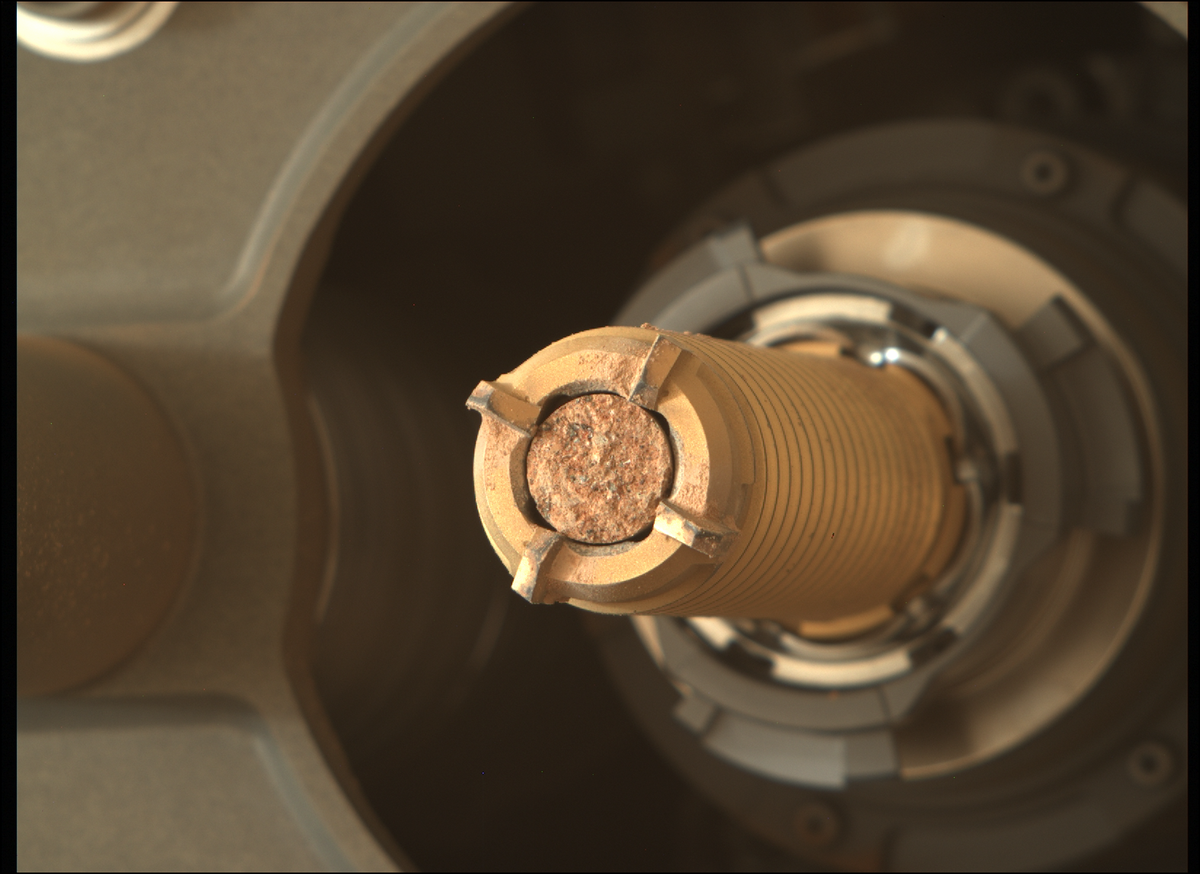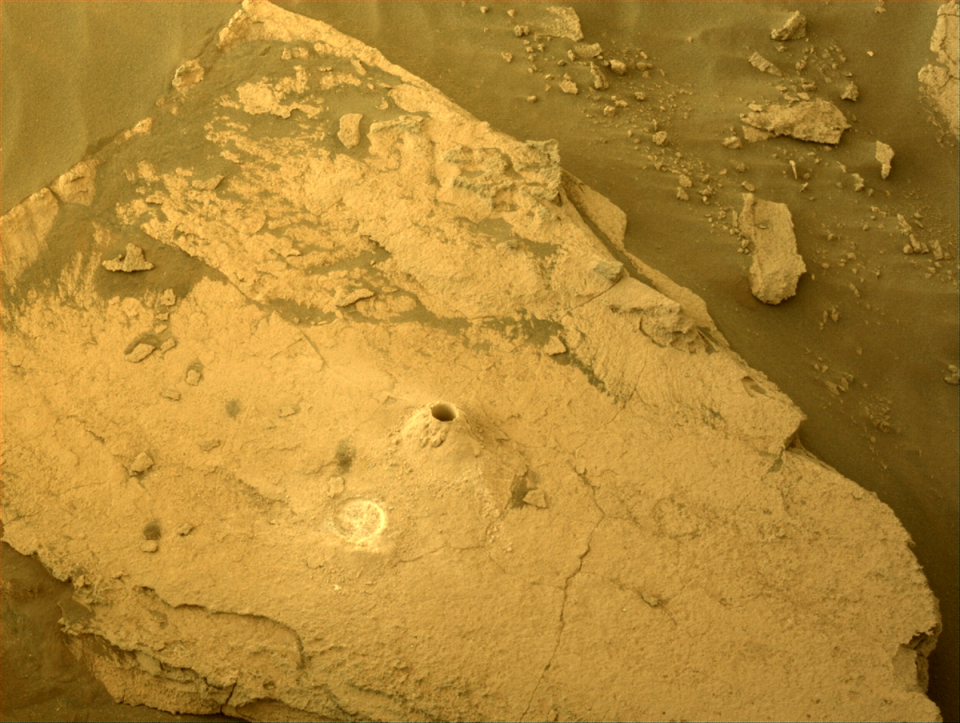Why Nasa’s Perseverance rover is drilling into ancient Martian river rocks

Nasa’s Perseverance Mars rover just took its first rock sample from a former river delta on the Red Planet, a sample that could provide signs of any ancient Martian life that once lived there.
Perseverance successfully drilled a 2.6-inch long core out of a rock dubbed Skinner Ridge, according to a Nasa blog post on 11 July, the longest of nine rock samples the rover has drilled out on the Red Planet so far.

Perseverance drilled the first eight samples from rocks on the flat bottom of Jezero Crater, the site of an ancient lake, but scientists believe rocks from the delta, formed by the river that once fed the lake, may be the most promising in terms of evidence of past life on Mars. Delta rocks may encase evidence of life that once flourished in the lake mud, if it exists, but might also contain material from miles upstream and deposited by the ancient river.
“The delta at Jezero Crater promises to be a veritable geologic feast and one of the best locations on Mars to look for signs of past microscopic life,” Thomas Zurbuchen, the associate administrator of NASA’s Science Mission Directorate, said in a statement. “The answers are out there — and Team Perseverance is ready to find them.”
Perseverance arrived on Mars in February 2021, and has since traveled more than five miles across the 28-mile wide Jezero Crater, discovering organic compounds and working in tandem with Ingenuity, the first helicopter to fly on another planet.
Perseverance will ultimately drill a total of 38 Martian rock samples earmarked for eventual return to Earth and advanced laboratory analysis as part of the Mars Sample Return mission of Nasa and the European Space Agency. That mission is scheduled to launch in 2028 and return samples to Earth in 2031.
As the rover explores the Jezero Crater delta, the Perseverance team gives names to features based on locations in US national Parks, according to a Nasa blog. The rock “Skinner Ridge’’ takes its name a feature in Shenandoah National Park, in Virginia.

